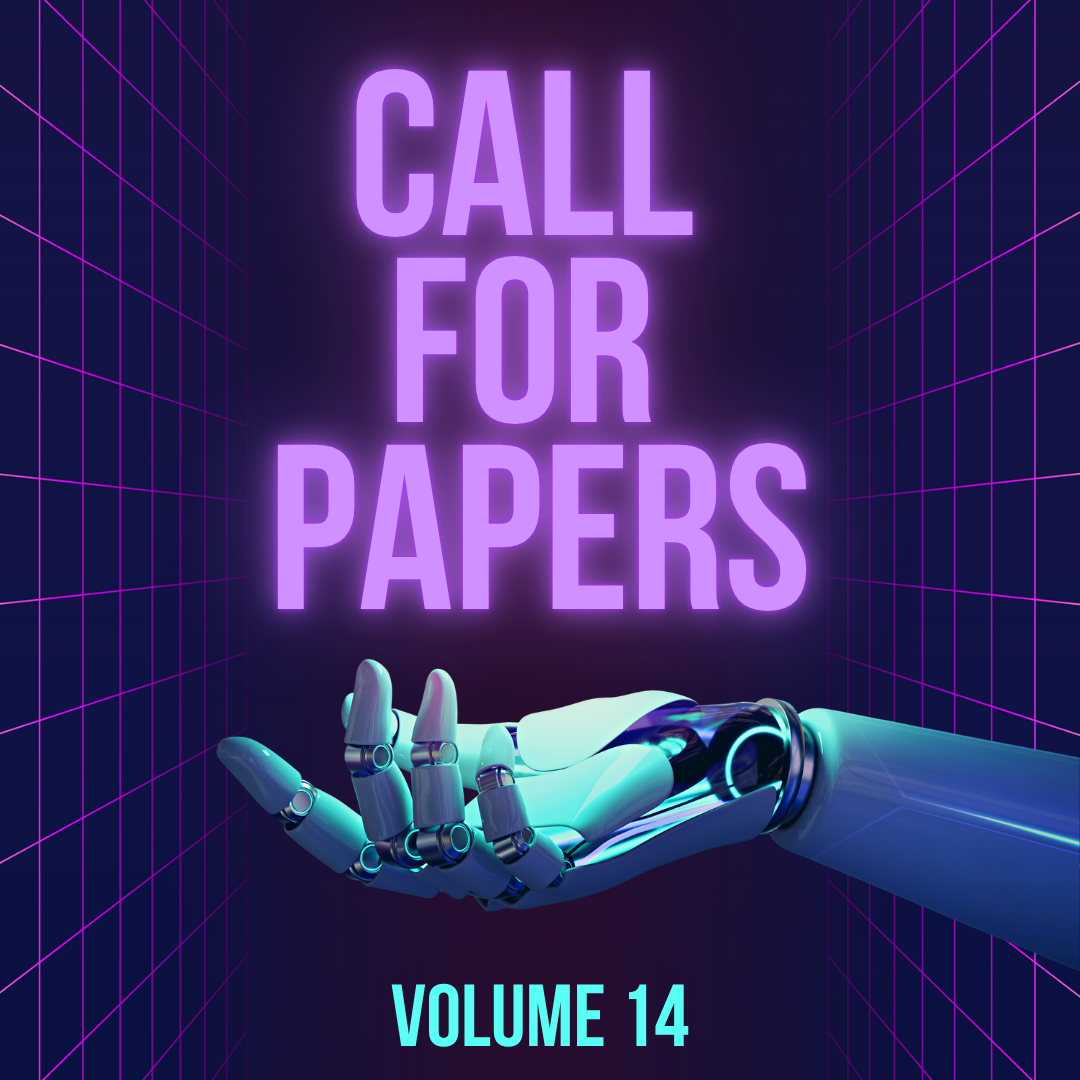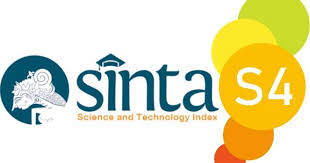An Improved Myocardial Infarction Detection using Convolutional Neural Network and Graph Neural Network Algorithm
Keywords:
Convolutional Neural Network (CNN), machine learning, myocardial infarction, Graph Neural Network (GNN), feature selection, deep learningAbstract
Myocardial infarction (MI) is a crucial health problem and its mortality rate is higher than that of cancer. It is the damage and death of heart muscle from the sudden blockage of a coronary artery by a blood clot. Although lots of researches have been carried out with impressive performance record for detection of MI, however, existing approaches for MI detection can be improved upon for better performance. A vital piece of medical technology that aids in the diagnosis of a number of heart-related disorders in patients is an electrocardiogram (ECG). To find significant episodes in long-term ECG data, an automated diagnostic method is needed. Cardiologists face a very difficult problem when trying to quickly examine long-term ECG records. To pinpoint critical occurrences, a computer-based diagnosing tool is necessary. In this study we employ Convolutional Neural Network (CNN) algorithm with Graph Neural Network (GNN) to select best features and make appropriate classifications. The result of the study gave f1 score of 99.58%, precision of 99.5% and an accuracy of 99.72%. Our proposed model have shown a significant improvement in the detection of MI, this will aid in effectively addressing the challenge of performance drawback in this domain of research.


